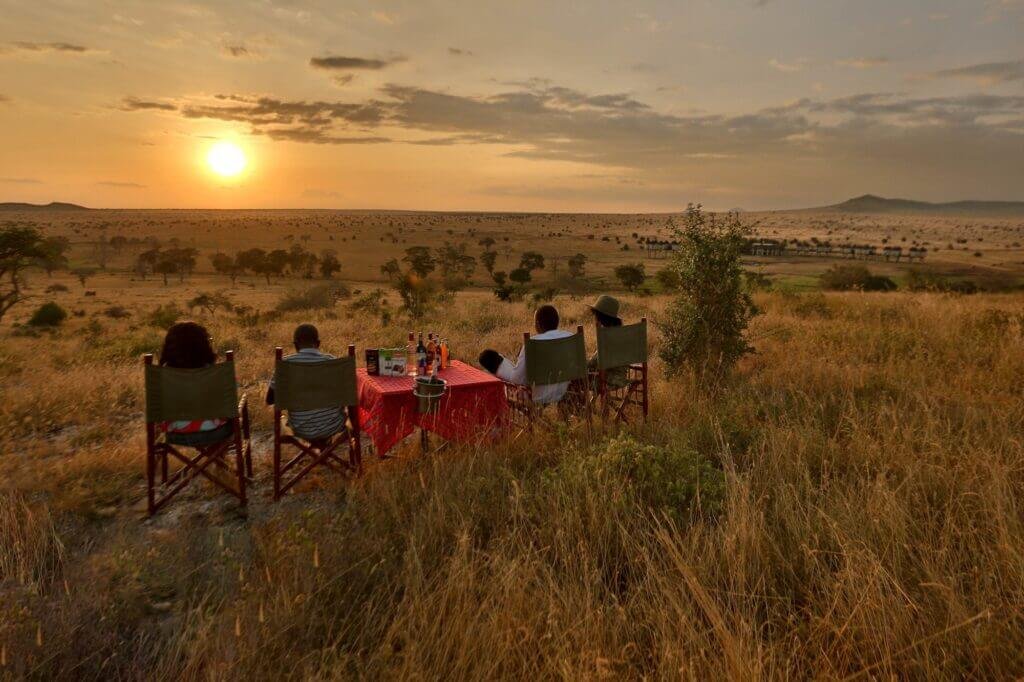Masai Mara Visit
A Masai Mara visit depends on your preferences for sightseeing and experiences. Here’s an overview of the seasons:
Peak Season (June – October)
Weather:
-
-
Peak season characterized by sunny, dry weather, perfect for observing wildlife. Daytime temperatures are pleasant, while nights can be cool.
-
Wildlife:
- Animals are more visible due to sparse vegetation. This period is the prime time for witnessing the Great Wildebeest Migration, occurring from July to October.

Crowds:
-
- Busiest and most expensive time to visit the Masai Mara.
Green Season (March – May)
Weather:
-
- Rainy season leading to lush green landscapes and fewer visitors. Expect afternoon showers and occasional road closures.
Wildlife:
-
- Excellent for birdwatching as migratory birds arrive. Predators are more active with an abundance of young animals.
Crowds:
-
- Less crowded with lower prices compared to the dry season.
Shoulder Seasons (November & December)
Weather:
-
- Brief rainy season with variable weather, including hot and humid conditions with occasional rain showers.
Wildlife:
-
- Good wildlife viewing as animals gather near water sources. The wildebeest migration may still be ongoing in some regions.
Crowds:
- Fewer crowds than peak season, yet prices may start to rise.
Additional Considerations:
- Budget: Accommodation and safari prices peak during the dry season.
- Interests: Opt for July to October for witnessing the wildebeest migration. Prefer fewer crowds with possible rain? Green or shoulder seasons could be ideal.
- Activities: Balloon rides are usually unavailable during the rainy season due to weather conditions.
Regardless of your choice of visit time, the Masai Mara promises an extraordinary encounter with African wildlife.

